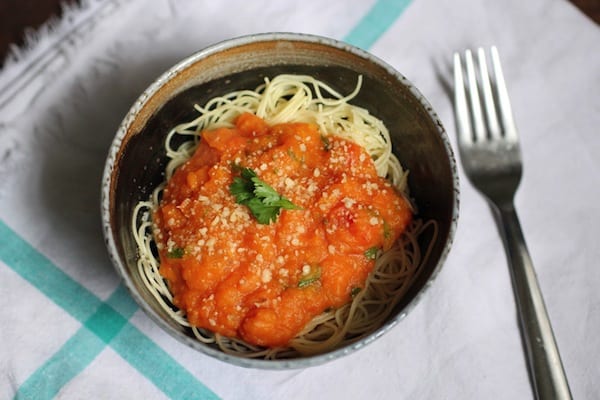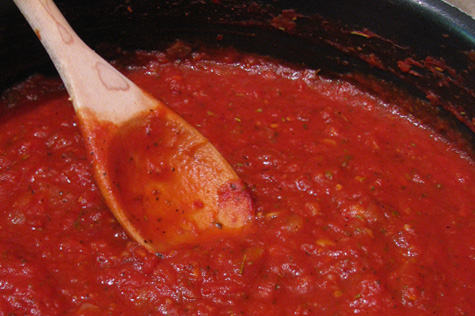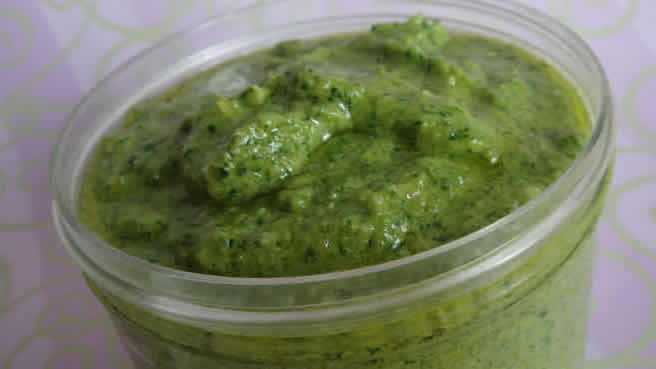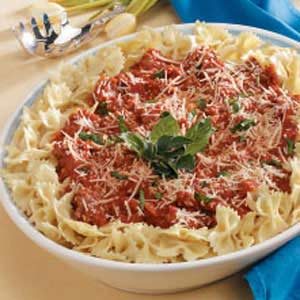| Source: Google.com.pk |
The most common use of the term tomato sauce in New Zealand, Australia and South Africa is to describe a popular, commercially produced condiment, typically applied to foods such as meat pies, sausages, other meats and chips.[4] Tomato-based sauces served with pasta would commonly be referred to as "pasta sauce". In the UK the meaning of the term "tomato sauce" depends on the context; on a restaurant menu the phrase "in a tomato sauce" means a freshly prepared tomato based sauce as used on pasta, and colloquially it may refer to either the pasta sauce or American ketchup.Penne pasta served with tomato sauceThe misconception that the tomato has been central to Italian cuisine since its introduction from the Americas is often repeated. Though the tomato was introduced from the Spanish New World to European botanists in the 16th century, tomato sauce made a relatively late entry in Italian cuisine: in Antonio Latini's cookbook Lo scalco alla moderna (Naples, 1692). Latini, not unsurprisingly, was chef to the Spanish viceroy of Naples, and one of his tomato recipes is for sauce alla spagnuola, "in the Spanish style". The use of tomato sauce with pasta appears for the first time in the Italian cookbook L'Apicio moderno, by Roman chef Francesco Leonardi, edited in 1790.Italian varieties of tomato sauce range from the very simple pasta al pomodoro to the piquant puttanesca and arrabbiata sauces.Tomato sauce was an ancient condiment in Aztec food. The first western person to write of what may have been a tomato sauce was Bernardino de Sahagún, who made note of a prepared sauce that was offered for sale in the markets of Tenochtitlan (Mexico City today). Spaniards later brought the use of tomatoes to Europe.Basic Mexican tomato sauces are tomato sauce (salsa de tomate rojo o jitomate) and green sauce (salsa de tomate verde). The tomato sauce is stock for spicy sauces and moles.Bolognese sauce, known in Italian as ragù alla bolognese, is a meat-based sauce originating from Bologna, Italy. In Italian cuisine, it is customarily used to dress "tagliatelle al ragù" and to prepare "lasagne alla bolognese". In the absence of tagliatelle, it can also be used with other broad, flat pasta shapes, such as pappardelle or fettuccine, or with short tube shapes, such as rigatoni or penne. Genuine ragù alla bolognese is a slowly cooked sauce, and its preparation involves several techniques, including sweating, sautéing and braising. Ingredients include a characteristic soffritto of onion, celery and carrot, different types of minced or finely chopped meat (generally bovine, including beef, and possibly pork, such as pancetta), wine and a small amount of tomato concentrate.The earliest documented recipe of an Italian meat-based sauce (ragù) served with pasta comes from late 18th century Imola, near Bologna. In 1891 Pellegrino Artusi first published a recipe for a meat sauce characterized as being "bolognese". While many traditional variations do exist, in 1982 the Italian Academy of Cuisine registered a recipe for authentic ragù alla bolognese with the Bologna Chamber of Commerce (incorporating some fresh pancetta and a little milk). In Italy, ragù alla bolognese is often referred to simply as ragù.Outside Italy, Bolognese sauce often refers to a tomato-based sauce to which mince (beef or pork) has been added; such sauces typically bear little resemblance to ragù alla bolognese. Whereas in Italy ragù is not used with spaghetti, so-called spaghetti bolognese has become a popular dish in many other parts of the world.The earliest documented recipe for a meat-based sauce (ragù) served with pasta comes from late 18th century Imola, near Bologna. Pellegrino Artusi published a recipe for a meat sauce characterized as being bolognese in his cookbook published in 1891. Artusi's recipe, Maccheroni alla bolognese, is thought to derive from the mid 19th century when he spent considerable time in Bologna (maccheroni being a generic term for pasta, both dried and fresh). The recipe only partially resembles the ragù alla bolognese that is traditionally associated with tagliatelle. The sauce called for predominantly lean veal filet along with pancetta, butter, onion, and carrot. The meats and vegetables were to be finely minced, cooked with butter until the meats browned, then covered and cooked with broth. Artusi commented that the taste could be made even more pleasant by adding small pieces of dried mushroom, a few slices of truffle, or chicken liver cooked with the meat and diced. As a final touch, he also suggested adding half a glass of cream to the sauce when it was completely done to make it taste even smoother. Artusi recommended serving this sauce with a medium size pasta ("horse teeth") made from durum wheat. The pasta was to be made fresh, cooked until it was firm, and then flavored with the sauce and Parmigiano cheese.
Recipes For Pasta Sauces Recipe Of Pasta In Urdu By Chef Zakir In Hindi Salad With White Sauce In Urdu In Indian Style In Red Sauce Photos
Recipes For Pasta Sauces Recipe Of Pasta In Urdu By Chef Zakir In Hindi Salad With White Sauce In Urdu In Indian Style In Red Sauce Photos
Recipes For Pasta Sauces Recipe Of Pasta In Urdu By Chef Zakir In Hindi Salad With White Sauce In Urdu In Indian Style In Red Sauce Photos
Recipes For Pasta Sauces Recipe Of Pasta In Urdu By Chef Zakir In Hindi Salad With White Sauce In Urdu In Indian Style In Red Sauce Photos
Recipes For Pasta Sauces Recipe Of Pasta In Urdu By Chef Zakir In Hindi Salad With White Sauce In Urdu In Indian Style In Red Sauce Photos
Recipes For Pasta Sauces Recipe Of Pasta In Urdu By Chef Zakir In Hindi Salad With White Sauce In Urdu In Indian Style In Red Sauce Photos
Recipes For Pasta Sauces Recipe Of Pasta In Urdu By Chef Zakir In Hindi Salad With White Sauce In Urdu In Indian Style In Red Sauce Photos
Recipes For Pasta Sauces Recipe Of Pasta In Urdu By Chef Zakir In Hindi Salad With White Sauce In Urdu In Indian Style In Red Sauce Photos
Recipes For Pasta Sauces Recipe Of Pasta In Urdu By Chef Zakir In Hindi Salad With White Sauce In Urdu In Indian Style In Red Sauce Photos
Recipes For Pasta Sauces Recipe Of Pasta In Urdu By Chef Zakir In Hindi Salad With White Sauce In Urdu In Indian Style In Red Sauce Photos
Recipes For Pasta Sauces Recipe Of Pasta In Urdu By Chef Zakir In Hindi Salad With White Sauce In Urdu In Indian Style In Red Sauce Photos
_recipe.jpg/300px-Double_cream_pasta_sauce_(cheat)_recipe.jpg)









No comments:
Post a Comment